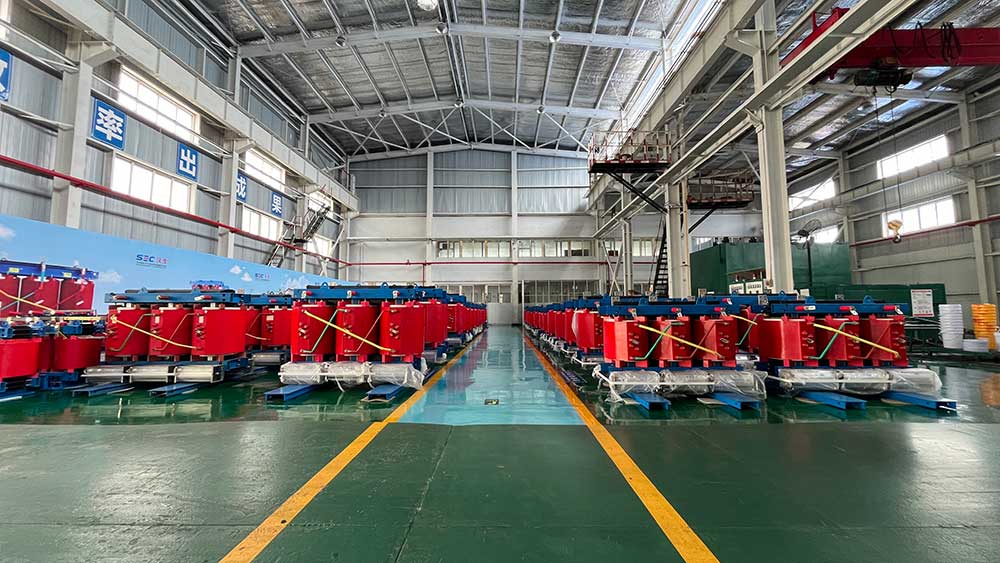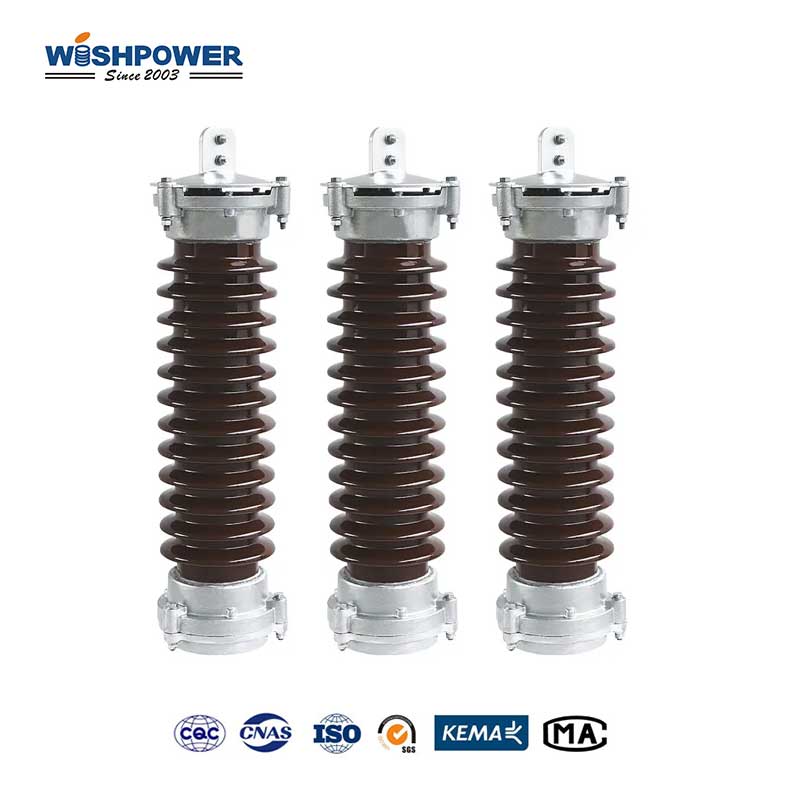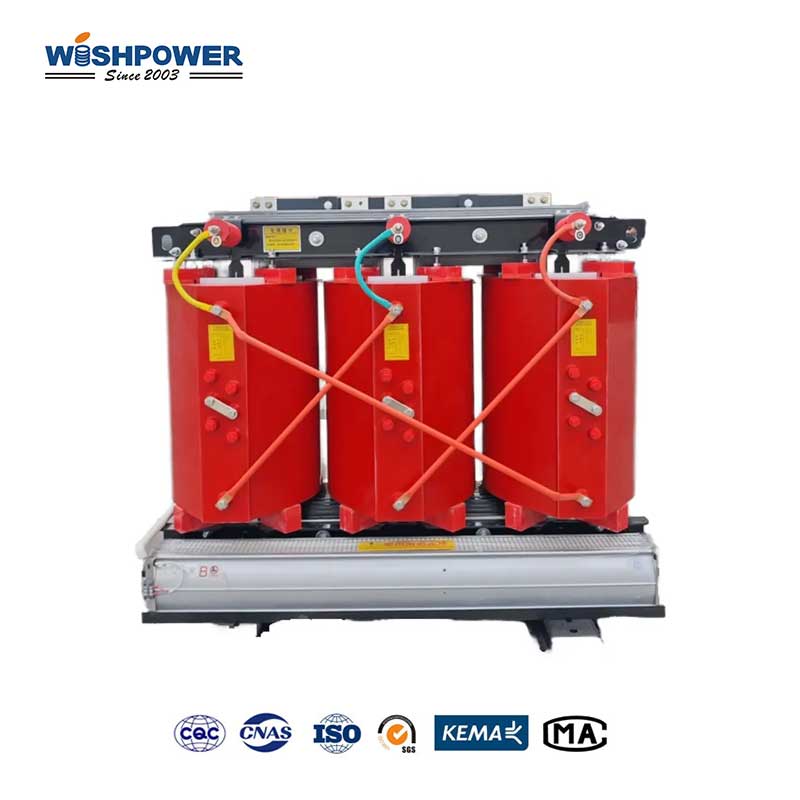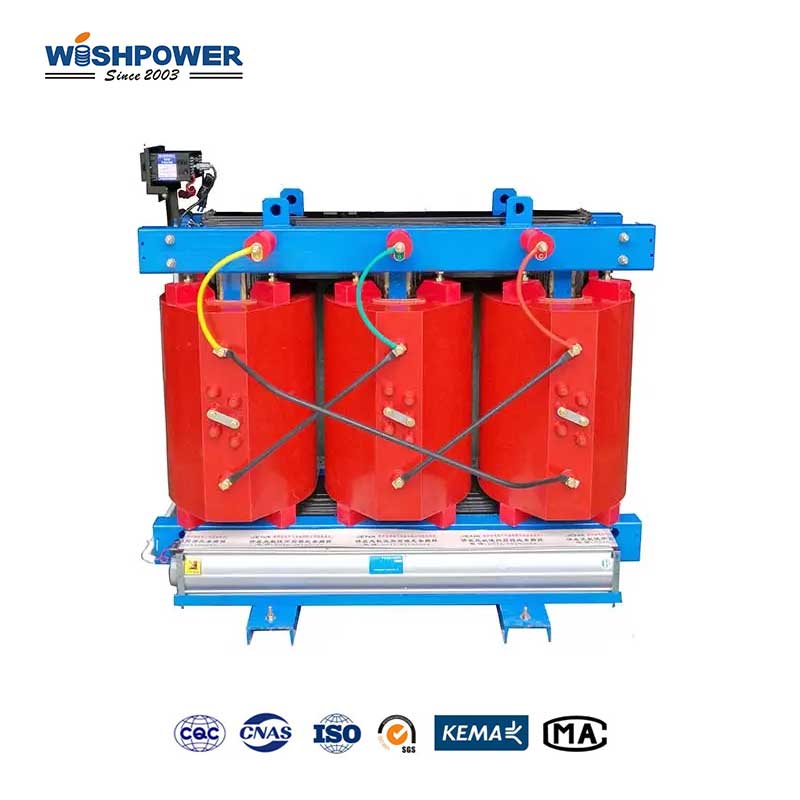Dry-type transformers are employed in different sectors and conditions because of are safe and efficient in use and cheaper than other types of transformers. Dry-type transformers are more acceptable environmentally than oil-filled transformers because it does not contain any insulating fluid which may cause problems like leakage and fire.

Benefits of Dry-Type Transformers:
Sustainable safety and environmental improvements
The following are some of the benefits associated with the dry-type transformers one of which is safety Since the dry-type transformers have been developed, they come with more safety precautions than the oil-filled type. DT Transformers do not use oil or other fire-hazardous fluids for cooling and insulating hence no risk of oil leakage, spillage, or even fire outbreak. It is essential where the structure is sensitive to fire risks like schools, health care facilities, and other public firms.
Low overheads and operational costs
Also unique to dry-type transformers, the maintenance requirements that come with the transformer type are low. As they do not have oil or other fluids that require constant checkups, these transformers are less service intender than conventional liquid-filled transformers. This minimizes cost throughout the life cycle of the equipment because there are no expenses incurred in testing the oil, its replacement, and probably leakage rectification.
Perfect for indoor purposes
Indoor applications, limitation of space, need for safety, and availability of sufficient air for cooling make dry-type transformers most appropriate. One good thing with these transformers is that they do not need oil hence they can be fixed in enclosed regions without fire protection measures. Instead, liquid-filled transformers can develop risks of oil fires or leaking oil hence the need for firewalling and sealing mechanisms among other measures.
High Operating Efficiency under Difficult Conditions
Dry-type transformers are usually used in indoor installations but at the same time, they are rugged machines and will work in unforgiving conditions. Dry-type transformers are built with heavy electrical grades and rated insulation which is very capable of handling different temperatures, humidity, and dusty environments. Therefore, electrical transformers of the dry type can be commonly applied in industrial settings, mining facilities, or manufacturing plants as equipment used therein may be exposed to certain conditions.
Reduced Noise Levels
Vibration is a critical factor in some applications and when used in residential or commercial applications, excessive noise produced may hinder normal activities. The sound level produced by dry-type transformers is lower than that of liquid-filled transformers and thereby suitable for use in areas that are sensitive to noise such as offices, schools, hospitals, and residential areas.
Efficient Power Distribution
Some of the considerations when selecting a transformer include efficiency, particularly for those applications that are meant to undertake energy saving. Dry-type transformers offer a reliable power distribution solution and at the same time offer minimum energy losses. Their design fosters direct regulation of voltage which enhances the conductivity of current with stable performance under varying load. Efficiency is essential to down-schedule operating expenses and wastage of energy in industries.
Some common applications for dry-type transformers include:
The software it would be used in includes commercial buildings and office buildings.
The industries and the manufacturing units
Schools, colleges, universities, and healthcare facilities
New renewable energy plants including solar and wind power plants.
Built up structures including railway, airports, and subway systems.
Why would you use a dry transformer?
Several advantages make dry-type transformers useful in many applications as will be described below. As an outcome, dry-type transformers exhibit more safety measures, are friendly to the environment, with very little need for maintenance, and with high performance in both indoor and outdoor facilities. Furthermore, it is possible to achieve Save efficiency, compliance with essential fire protection standards in construction, and minimizing noise, which makes the dry-type transformers more applicable in commercial, industrial, and residential facilities.
If you have different opinions or want to know more, please leave a message on the website or contact us directly at info@wishpower.net

















